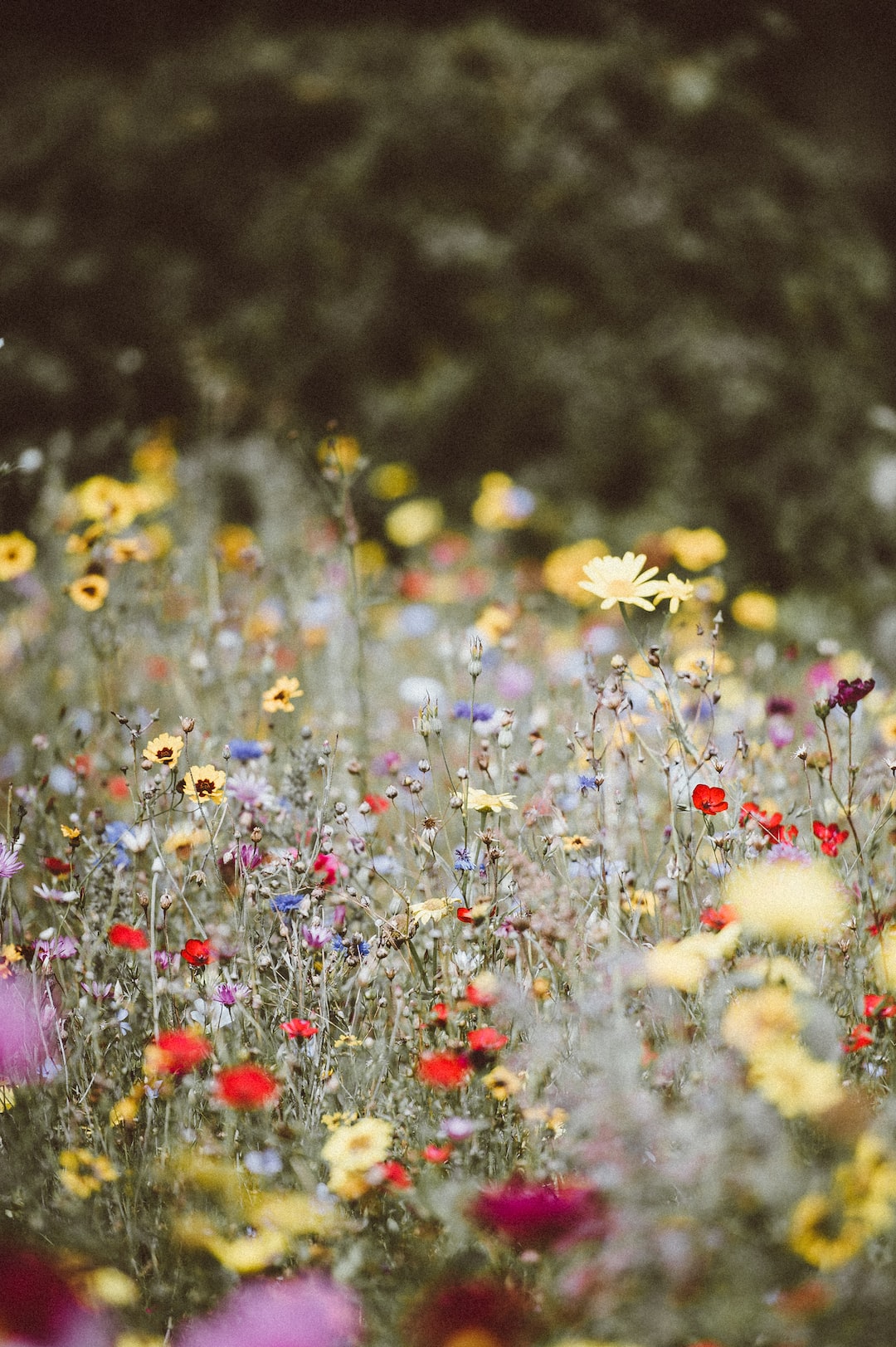If you’re someone who desires to grow your own fruits and vegetables but think it’s impossible due to lack of space, think again! With a little creativity and some smart planning, you can easily cultivate a productive mini garden in a small area. Here are some tips on how to grow your own fruits and vegetables in a limited space!
1. Assess your available space: Start by determining the amount of space you have for gardening. Consider balconies, windowsills, and small yards. Even a tiny space can be utilized effectively with proper planning.
2. Opt for compact plants: Look for plants that are specifically bred for small spaces, such as compact tomato varieties or dwarf fruit trees. These plants are designed to thrive in confined areas and can still yield a bountiful harvest.
3. Utilize vertical gardening: Vertical gardening is a great way to maximize your space. Install trellises or vertical planters against walls or fences, allowing vining plants like cucumbers, beans, or peas to grow upwards rather than spreading across the ground.
4. Choose container gardening: Containers provide flexibility and are ideal for small spaces. Select pots or planters of various sizes, ensuring they have proper drainage holes. Herbs, lettuce, strawberries, and even small root vegetables like radishes and carrots thrive well in containers.
5. Soil selection: Since container gardening limits soil availability, it’s crucial to choose the right potting mix. Go for a high-quality mix that is specifically formulated for container gardening. This will ensure proper drainage, aeration, and nutrient availability for optimum plant growth.
6. Focus on companion planting: Companion planting involves planting two or more plants together, benefiting each other in various ways. For example, pairing marigolds with tomatoes can deter pests, while growing basil alongside tomatoes can enhance their flavor. Select plants that go well together and maximize their potential.
7. Make use of hanging baskets: Hanging baskets are a great way to grow fruits and vegetables in limited space. They can be hung from hooks or rails, allowing plants like strawberries, cherry tomatoes, or herbs to grow vertically and save precious ground space.
8. Implement square foot gardening: Square foot gardening is a method that allows you to maximize the harvest in a small area. Divide your planting space into small sections, typically one square foot each, and plant different crops in each section. This method ensures efficient space utilization and easy maintenance.
9. Provide adequate sunlight: Most fruits and vegetables require at least six hours of direct sunlight daily. Ensure your chosen gardening area receives enough sunlight throughout the day. If you lack natural light, consider using grow lights or seeking out areas that receive indirect sunlight.
10. Maintain proper watering and fertilization: Due to the limited soil availability in containers or small spaces, it’s important to regularly water your plants and ensure they receive necessary nutrients. Monitor soil moisture and use organic fertilizers to promote healthy growth.
Remember, growing your own fruits and vegetables is not only rewarding but also a sustainable way to ensure the availability of fresh produce. With these tips, you’ll be well on your way to creating your own mini garden oasis, no matter how small your space may be. Happy gardening!

